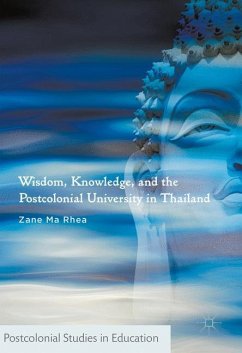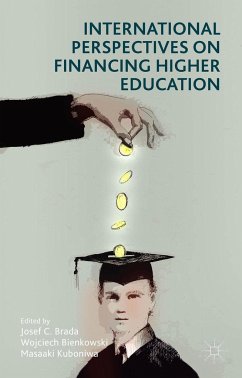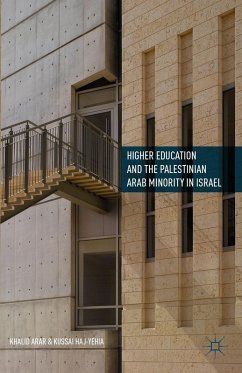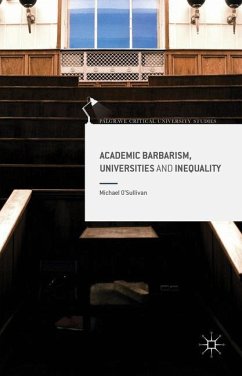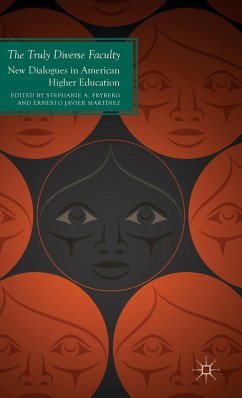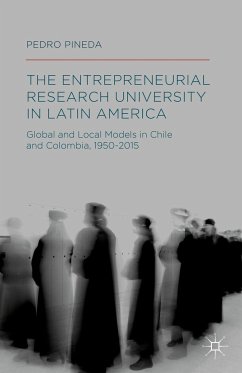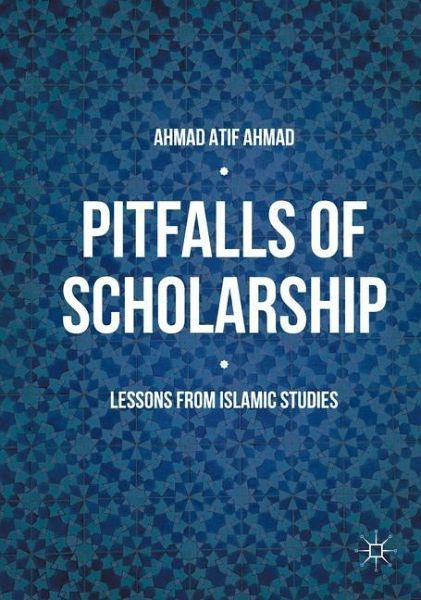
Pitfalls of Scholarship
Lessons from Islamic Studies
Versandkostenfrei!
Versandfertig in 6-10 Tagen
76,99 €
inkl. MwSt.
Weitere Ausgaben:

PAYBACK Punkte
38 °P sammeln!
Pitfalls of Scholarship offers an array of reflections on higher education, its entanglements with humanity's pursuit of natural and social knowledge, and the impact national environments have upon it. This book considers the humanities, vocational, and scientific/technological sides of the university from the vantage-point of an Islamic studies scholar in twenty-first century American academia. Four discussions and a personal note make up the parts of these pages. The first discussion sets the stage with a description of the irregularities of our age of late modernity and the limits of schola...
Pitfalls of Scholarship offers an array of reflections on higher education, its entanglements with humanity's pursuit of natural and social knowledge, and the impact national environments have upon it. This book considers the humanities, vocational, and scientific/technological sides of the university from the vantage-point of an Islamic studies scholar in twenty-first century American academia. Four discussions and a personal note make up the parts of these pages. The first discussion sets the stage with a description of the irregularities of our age of late modernity and the limits of scholarship in it. The second focuses on clashes of personal and academic knowledge with social assumptions and convictions. Guiding the discussion is an unlikely narrative from an old era where academic freedom did not exist. The third discussion points to the surprisingly negative impacts of obsession with research methods in the modern academy. "Scholarships of negation" are identified as the mainillness of the age, next to popular exaggerations of the value of standard assumptions and excellent academic institutions. The fourth and final section deals with modern education's aspiration toward acquiring democratic quality, and the implications of further democratization of education.



